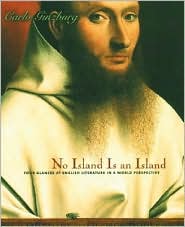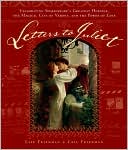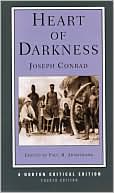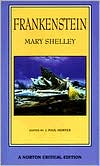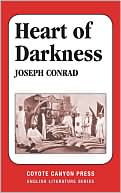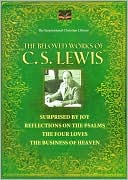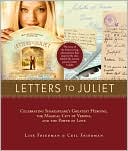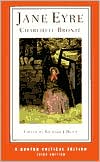No Island Is an Island: Four Glances at English Literature in a World Perspective
In No Island Is an Island an internationally renowned historian approaches four works of English literature from unexpected angles. Following in the footsteps of a sixteenth-century Spanish bishop we gain a fresh view of Thomas More's Utopia. Comparing Bayle's Dictionary with Tristram Shandy we suddenly enter into Laurence Sterne's mind. A seemingly narrow dispute among Elizabethan critics for and against rhyme turns into an early debate on English national identity. Robert Louis Stevenson's...
Search in google:
A world-renowned historian presents a series of four brilliant forays into English literature, from Sir Thomas More to Robert Louis Stevenson.Library JournalGinzburg, an Italian Renaissance historian, here turns his attention to representative works from various stages in English literature. He studies Thomas More's Utopia, Elizabethan poetry, Laurence Sterne's Tristram Shandy, and Robert Louis Stevenson's The Bottle Imp, concentrating on how the works of British authors were influenced in their style and rhetorical modes by models in Continental literature. Thus, Utopia's satire is derived from the Roman comic writer Lucian, and Sterne's differing devices in Shandy are taken from Bayle's Dictionary, banned in France in 1697. In a wide-ranging analysis, Ginzburg describes how poets in 16th-century England debated the pluses and minuses of rhyme as opposed to the more classical poetry of ancient Greece and Rome. In the chapter on Stevenson, the critic shows how the writer was influenced by Balzac's La Peau de Chagrin and how The Bottle Imp in turn helped to mold the theories of Polish anthropologist Bronislaw Malinowski. These complex, clever essays, first given as lectures at Columbia and Cambridge universities, will appeal to scholars who choose to view literature and history in an international, comparative context. For graduate-level library collections.--Morris Hounion, New York City Technical Coll. Lib., CUNY Copyright 2000 Cahners Business Information.
List of IllustrationsAcknowledgmentsIntroductionNotesIndex1. The Old World and the New Seen from Nowhere2. Selfhood as Otherness: Constructing English Identity in the Elizabethan Age3. A Search for Origins: Rereading Tristram Shandy4. Tusitala and His Polish Reader
\ Library JournalGinzburg, an Italian Renaissance historian, here turns his attention to representative works from various stages in English literature. He studies Thomas More's Utopia, Elizabethan poetry, Laurence Sterne's Tristram Shandy, and Robert Louis Stevenson's The Bottle Imp, concentrating on how the works of British authors were influenced in their style and rhetorical modes by models in Continental literature. Thus, Utopia's satire is derived from the Roman comic writer Lucian, and Sterne's differing devices in Shandy are taken from Bayle's Dictionary, banned in France in 1697. In a wide-ranging analysis, Ginzburg describes how poets in 16th-century England debated the pluses and minuses of rhyme as opposed to the more classical poetry of ancient Greece and Rome. In the chapter on Stevenson, the critic shows how the writer was influenced by Balzac's La Peau de Chagrin and how The Bottle Imp in turn helped to mold the theories of Polish anthropologist Bronislaw Malinowski. These complex, clever essays, first given as lectures at Columbia and Cambridge universities, will appeal to scholars who choose to view literature and history in an international, comparative context. For graduate-level library collections.--Morris Hounion, New York City Technical Coll. Lib., CUNY Copyright 2000 Cahners Business Information.\ \ \ \ \ BooknewsThrough paired eclectic readings, the noted U. of California, Los Angeles "microhistorian" illuminates four works of early modern English literature about fictitious or real islands: More's , Bayle's , Sterne's , and Robert Lewis Stevenson's "The Bottle Imp." Includes book and art illustrations. Annotation c. Book News, Inc., Portland, OR (booknews.com)\ \
